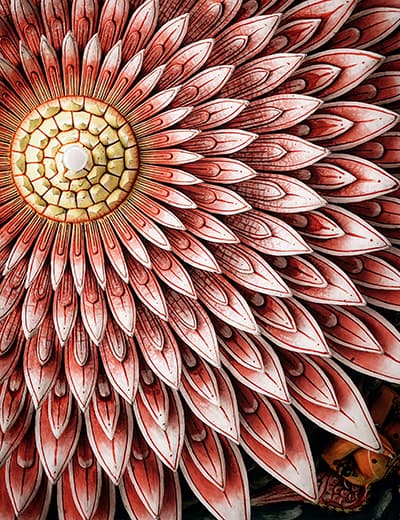It was early morning when Lizzy and I left Madurai for a destination we both knew nothing about. Mrs. Meenakshi Meiyappan had suggested that we should visit Karaikudi in the region of Chettinad where she had opened her ancestral home to visitors. The farsighted woman already knew, back then in 2001, that the only way to preserve a fantastic architectural heritage would be to put it on the travelers’ trail to give it a new lease on life. The two-hour drive deep into the heart of Tamil Nadu was an intimate time of contemplation. Senthil, our driver, had enveloped us in a cocoon of Carnatic music and sweet rose-scent. In the white Ambassador car, I felt like a princess caught in a romantic time warp. On the way, the few people we met seemed to obey the traditional rural codes of frugality and serenity. It was that infectious peacefulness that allowed us to accept benevolently the slow pace imposed on the car by a group of handsome farmers taking their bullock carts somewhere. A tea stall appeared at the right time and we clicked a few pictures of the young owner quenching the travelers’ thirst. The final part of our journey was enriched by an interesting conversation on the different aspects of traditional and modern education. Both of us shared the impression that neither one system nor the other seemed to be superior.
When we arrived in Karaikudi, it was almost dusk. A blue light enveloped the imperious and lonely mansions. All around was quiet, the entire town was resting. We walked through the empty streets, a slim dog passed by. The impressive architecture was humbling. By the time the new moon had appeared, we had gone back to the Bangla, our lodging for the night, where an unforgettable Chettiar meal was waiting for us. A very wholesome and healthy meal was served to us on banana leaves, which I thought was the most ecological system I have ever come across. No need to waste water or to pollute by using detergent to wash dishes. After such a strong first impression, we were eager to wake up early next morning to meet Sunder, our guide, who was to be our key to enter those mysterious mansions. The Chettiar dosai- we were told- is the finest one can find. It was a surprise for me to eat for breakfast that original “pancake” that was thin as air.
While walking towards the first of the mansions we were to visit, Sunder told us the story behind those intricately carved doors and the mansions they opened into. The legend says that the Nattukottai Chettiars found refuge in the driest place they could find after their coastal town was destroyed by a tsunami. Because the land was arid and ungenerous, the men went out for business, at first trading rice and salt. Chettinad grew to fame in the 19th century as the home of businessmen and financiers who were highly successful throughout Southeast Asia. Their great wealth led them to construct palatial homes in their native towns and villages. Built on raised mounds, these houses included verandas, reception rooms and elegant halls built around successive courtyards.
The architecture combines Tamil vernacular with Western influences, and materials and workmanship from around the world were used. Homes were built and as wealth increased they became mansions, their walled-in, inward-looking construction lead to them being described as Kottais (forts).Teak from Burma, satinwood from Ceylon, marble from Italy, Indian charnockite that could be polished to a black gleam, and a shining mirror finish on the walls and floors were all combined with local building and crafts skills to build these mansions which still draw admiring gasps.
The fascinating story of this interesting people was illustrated by successive visits to their elegant dwellings. A rare atmosphere impregnated all of them, a wistful longing for the walls to resonate with songs and laughter. Unfortunately, some of them were in shambles, either stripped naked by merchants who took away all that was valuable in urban markets or destroyed by time and neglect. However, thanks to the intervention of UNESCO, that listed Chettinad as one of the cultural itinerary routes of India, the region has come back to life. Visitors have brought a renewed economic activity with many of those properties being restored to welcome them. Today, I am told, it would be a serious mistake to travel to South India without witnessing and appreciating the beauty and grandeur that Chettinad reclaimed.






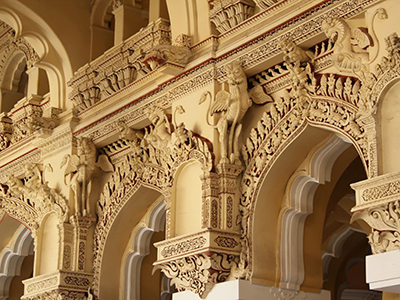
An Encounter At Thirumalai Nayakar Palace
When I started my journey across South India, I had made my mind up to venture into every historic city...
Narrative • South India

Up in the Himalayan Abode
Somehow, after a journey through India, my perception of humanity becomes clearer; my enthusiasm for life feels renewed. The more...
Narrative • North India

One Journey, Four Perspectives
A closer look at the road trip that we undertook along the Ganges with four photographers to showcase the versatility of Hasselblad's X1D cameras...
Behind-The-Scenes • North India
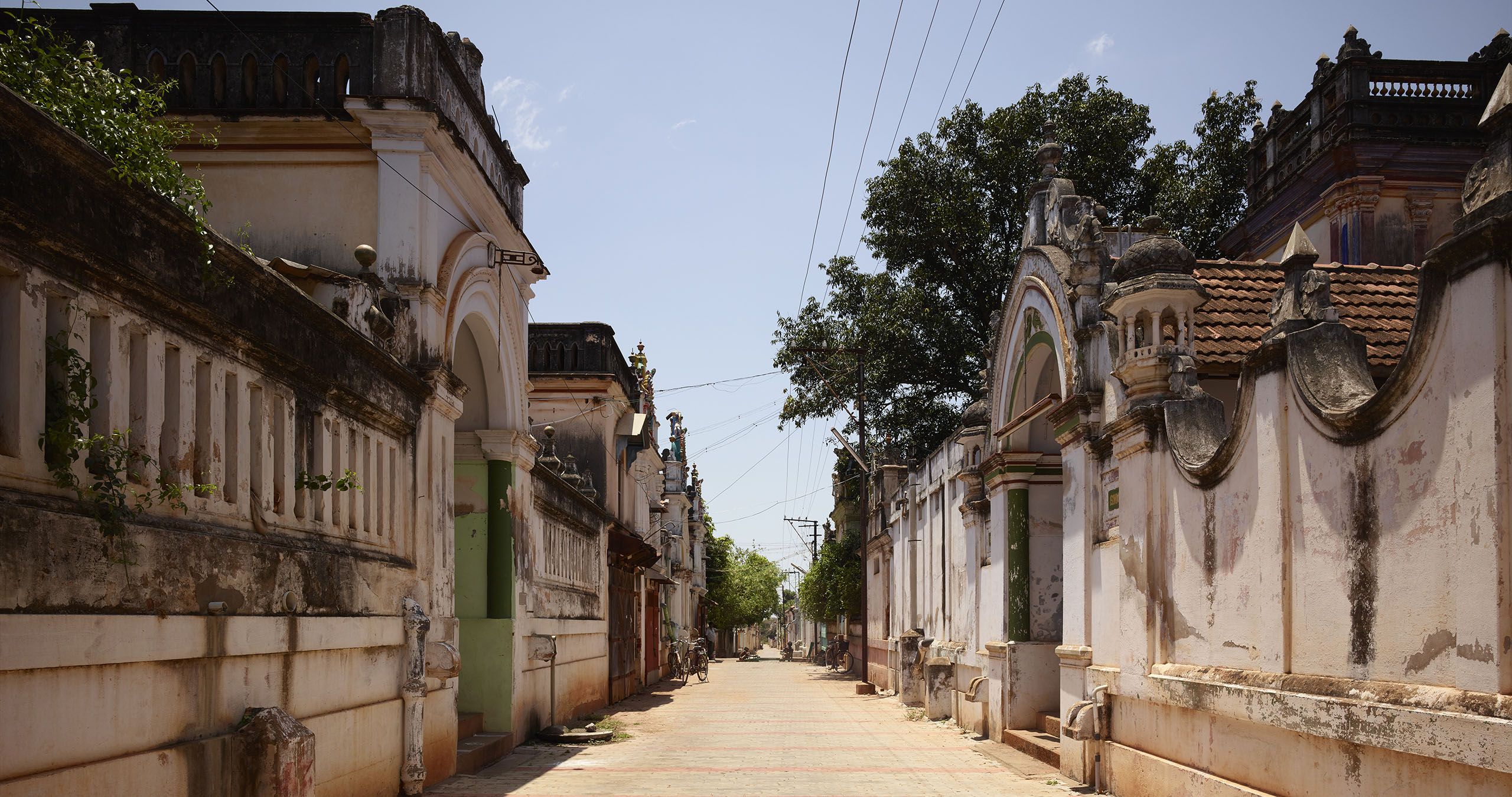
Tracing the Trails of Time
Discover the decadent mansions of Chettinad through the eyes of The New York Times, when they travelled with us exploring architecture...
Behind-The-Scenes • South India
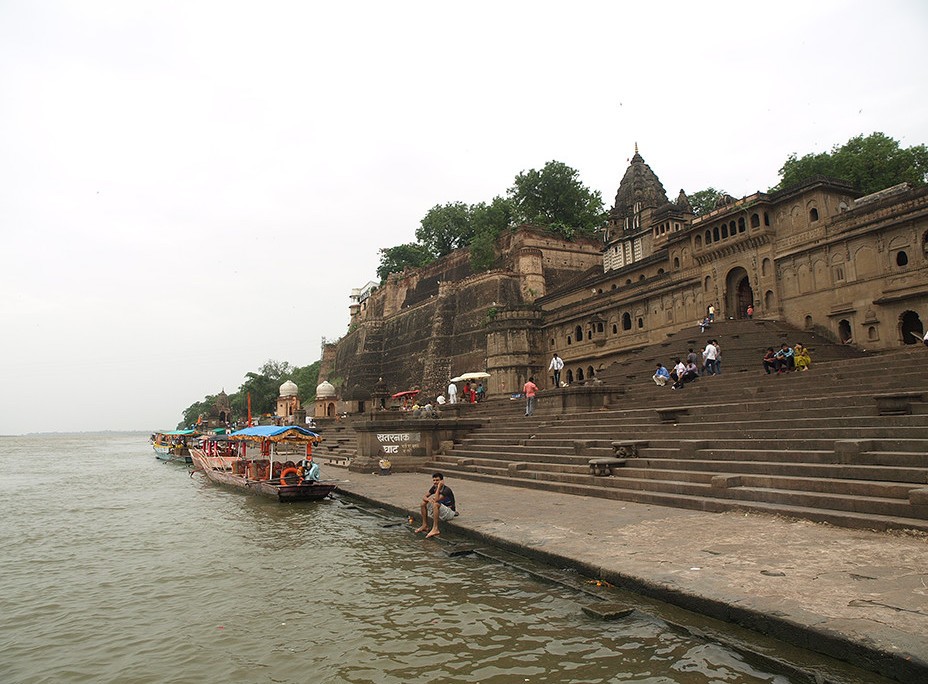
Ahilya Fort
A thing of the books, the Ahilya Fort is a boutique accommodation for the heart that like to delve in...
Hotel Guide • West India
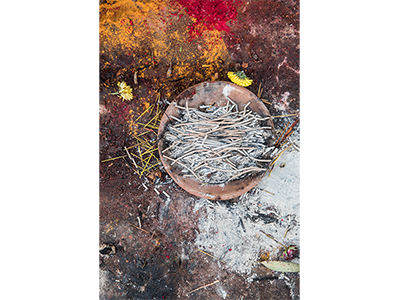
Threads of a Culture
As one travels through the roads of India, they experience a sense of being overwhelmed. There is a lot happening at any given point of time...


